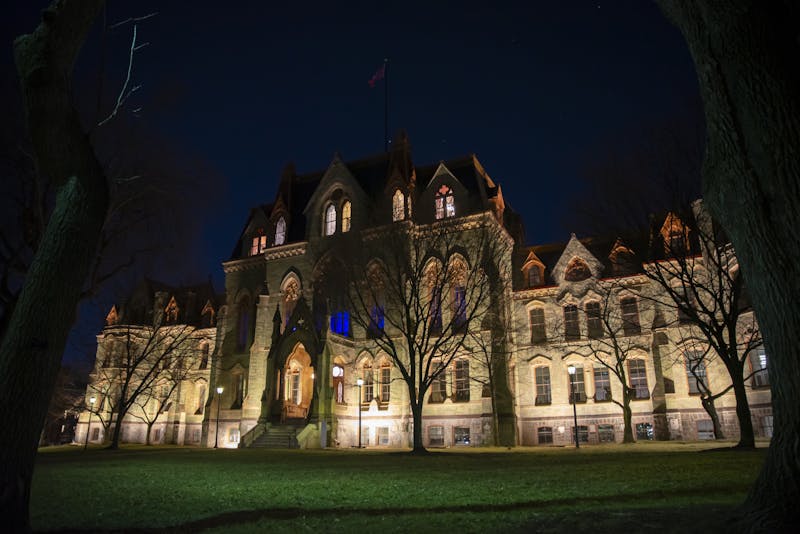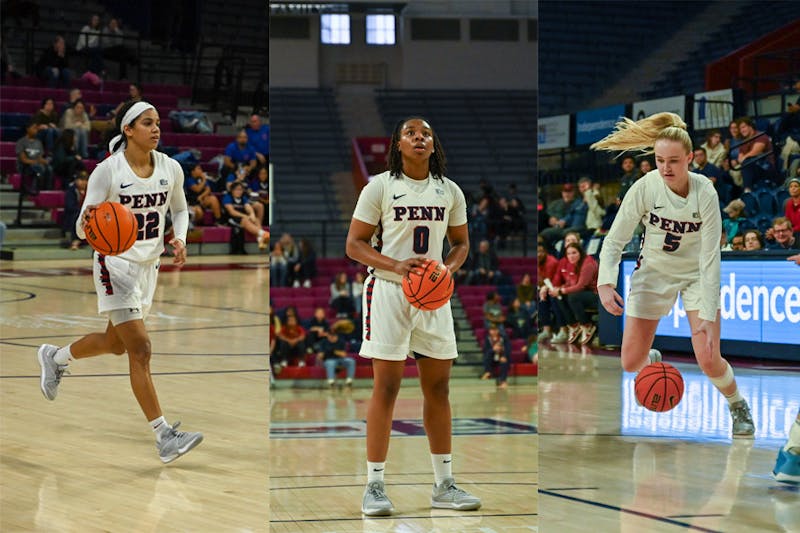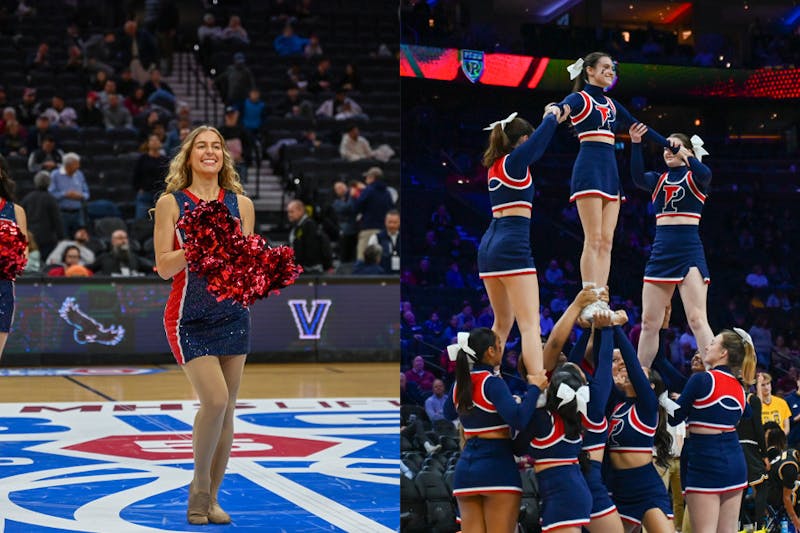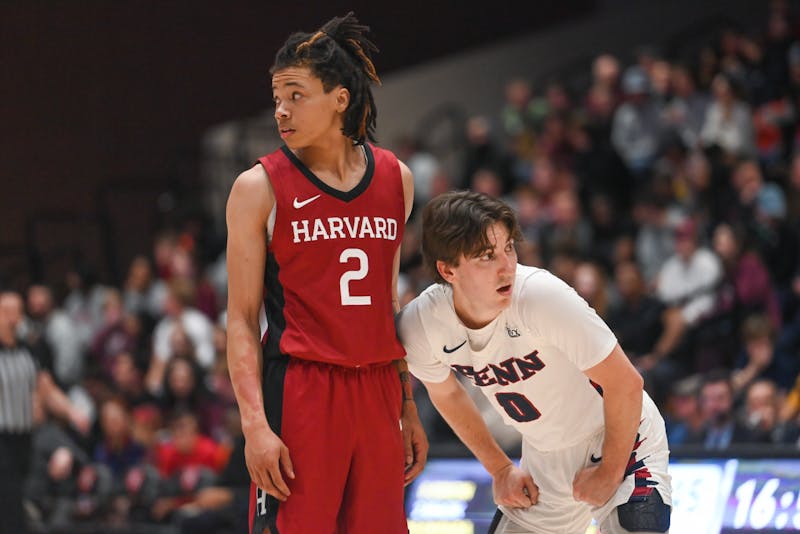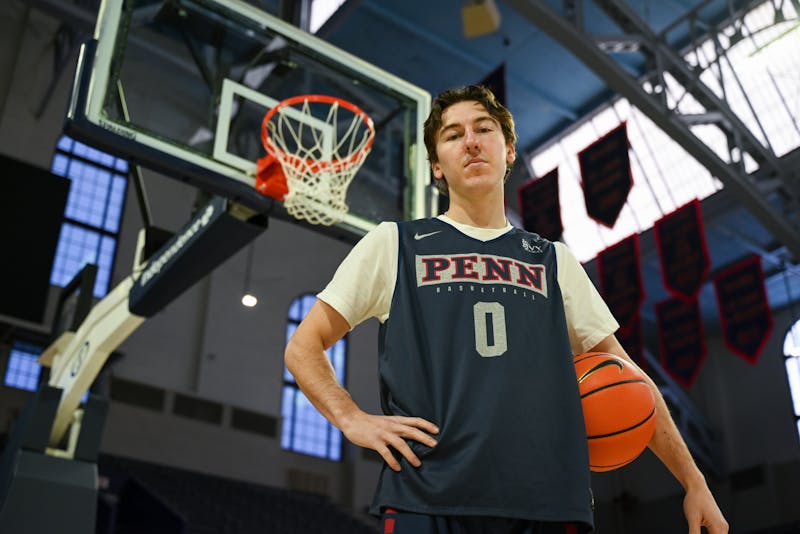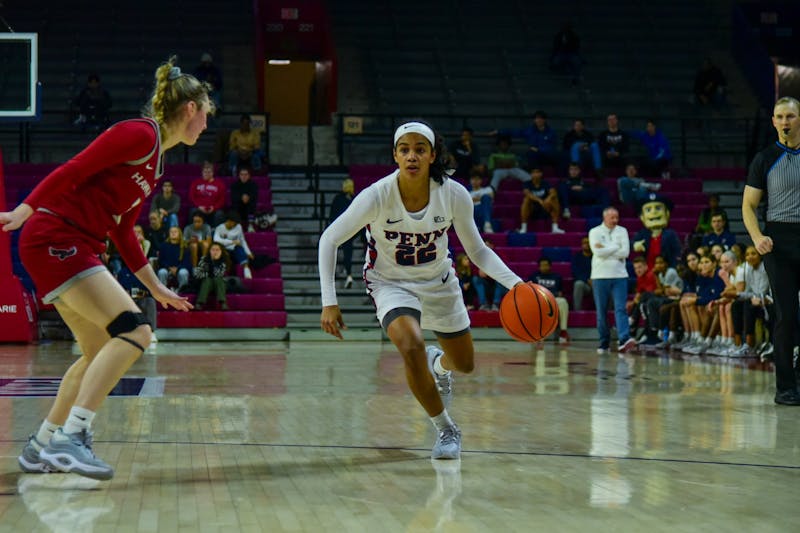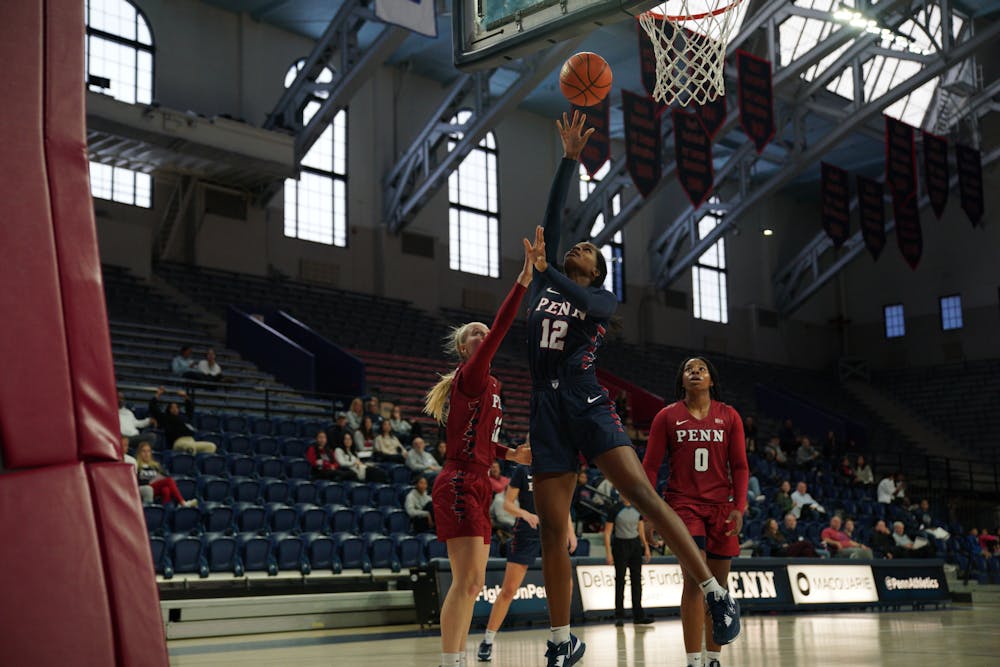
Penn has the largest discrepancy in home attendance between men’s and women’s basketball in the Ivy League, an analysis of attendance data by The Daily Pennsylvanian found.
The analysis examined home basketball attendance for all eight Ivy League schools over the last five seasons, a period which does not include 2020-21, when all winter sports were canceled due to the COVID-19 pandemic.
During this span, Penn displayed the greatest difference in attendance between men’s and women’s basketball of any Ancient Eight school, with Penn men’s basketball drawing an average of 2,819 attendees per game and Penn women’s basketball garnering an average of 697 attendees per game.
Ivy League basketball average home attendance since 2018
Penn also had the highest combined basketball attendance during the same period. Historically, women’s basketball generates lower attendance than men’s basketball across all levels. However, proponents of the women’s game argue that this disparity is not justified.
“I think Penn [women’s basketball] also has a lot of exciting players,” Penn women’s basketball senior guard Michaela Stanfield said. “Like [freshman guard] Mataya [Gayle] had a really great year. It’s definitely entertaining to watch. … In terms of the regular student body, we could definitely try to get more of them to come.”
The school with the smallest difference between men’s and women’s attendance was Columbia, which drew 1,154 average attendees for men’s games and 998 average attendees for women’s games over the five-year stretch. During three of those seasons — 2021-22, 2022-23, and 2023-24 — the Lions’ women’s team was better attended than the men’s team.
This season, collegiate women’s basketball as a whole has experienced a meteoric rise in popularity, both in regards to in-person attendance and television viewership. Earlier this season, the Big Ten women’s basketball postseason tournament sold out for the first time in history, thanks in part to the massive popularity of Iowa guard Caitlin Clark.
On Sunday, the women’s national championship game between Iowa and South Carolina garnered 18.7 million average viewers, making it the most viewed women’s basketball game of all time and the most viewed English language sporting event in America, excluding football and the Olympics, since 2019.
“A really great example we’ve seen this year was Caitlin Clark and the finals,” Stanfield said. “I think that just proved that women’s basketball is really exciting and can draw a lot of viewers, which I think is some of the criticism sometimes.”
During the allotted time period, Penn men’s basketball ranks first in the Ivy League in attendance, while Penn women’s basketball ranks fourth. In terms of on-court success, men’s basketball has a record of 75-70 during these seasons, while women’s basketball has a record of 88-53.
Overall, both teams demonstrated an increase in attendance during winning seasons (seasons with more wins than losses). The men’s team garnered 3,375 attendees per game during winning seasons and 1,985 during losing seasons, while the women’s team saw 805 attendees per game during winning seasons and 262 during losing seasons.
Since 2018, the gap in average home attendance has persisted between winning seasons and losing seasons for Penn basketball
At Penn, both men’s and women’s attendance has declined since 2018, although the discrepancy between the two has also shrunken. However, across the entire Ivy League, a different trend has emerged: While men’s attendance has declined slightly since 2018, women’s attendance has grown.
In 2023-24, Ancient Eight men's basketball drew a home average of 1,549 attendees, down from 1,760 in 2018-19. On the women’s side, 2023-24 saw an average of 788 attendees, up from 701 in 2018-19.
On net, Ivy League basketball's average home attendance has declined since 2018
At Penn, Stanfield believes the athletic department does well in its promotion of the women’s team, and says that the overall flourishing of women’s basketball on the national level has been a welcome sight.
“Penn Athletics does a great job of trying to get students to come to our games, like elementary school students and different local schools," Stanfield said. "… And I think like other student-athletes, they’ve tried to bring them to our games. So I feel like all of those initiatives really help. … There’s just been a lot of growth since I’ve been playing, which is nice.”
While the basketball community has made strides toward a more equal playing field for men’s and women’s teams, the attendance discrepancy at Penn and throughout the Ivy League is a reminder that the game still has ground to cover. For teams, players, and coaches across the Ancient Eight, the ultimate hope is that in the seasons to come, the gap will continue to shrink.
All statistics are courtesy of the Ivy League. Attendance averages are calculated using the average home attendance per season per team.
The Daily Pennsylvanian is an independent, student-run newspaper. Please consider making a donation to support the coverage that shapes the University. Your generosity ensures a future of strong journalism at Penn.
Donate






